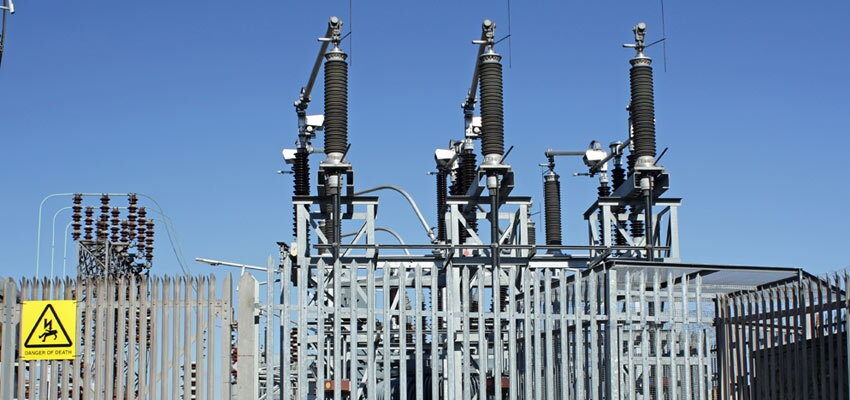Attack on PG&E substation to be taken more seriously
USA, California: Forbes suggests that the attack on Pacific Gas and Electric power station should be taken more seriously as there are many indications that the attack was rehearsal for a larger incident.

6a3568ec75354456ab1e6b6fc1540ba0
USA, California: Forbes suggests that the attack on Pacific Gas and Electric power station should be taken more seriously as there are many indications that the attack was rehearsal for a larger incident.
Last year, unknown individual(s) entered the substation via a manhole, disabled landline and mobile phone service to the area, then fired over 100 rounds of ammunition damaging 17 transformers. Grid operators were able to prevent a blackout, however the repairs of the substation took a month and there is now a risk of the incident repeating itself.
Mark Johnson, former vice president for transmission operations said: “These were not amateurs taking potshots…My personal view is that this was a dress rehearsal for future attacks.“
There are suggestions from Wall Street Journal’s Rebecca Smith that the attack drew a low media profile out of federal agencies’ fear that it might encourage copycat incidents. According to Smith, not many transformers need to be taken out in order to achieve a severe impact on the grid. Smith noted that most transformers are manufactured by hand which is a long process and they need to be transported by special equipment. She added that there is no federal body which oversees physical protection to the grid so the utilities have to come up with their own ways of protecting transformers.
Most transformers are produced abroad and since the attack, some utilities have started to stockpile transformers to ensure the replacement of the important equipment is in the right locations.
National Academy of Sciences (NAS) released a study called Terrorism and the Electric Power Delivery System in 2012 and indicated that such attacks could cause the loss of lives and cost hundreds of billions of dollars.
Source: Forbes
#NAS report#NAS report power transformer attack#PG&E attack rehearsal#PG&E attack terrorism#power transformers attack rehearsal. electrical substation attack




